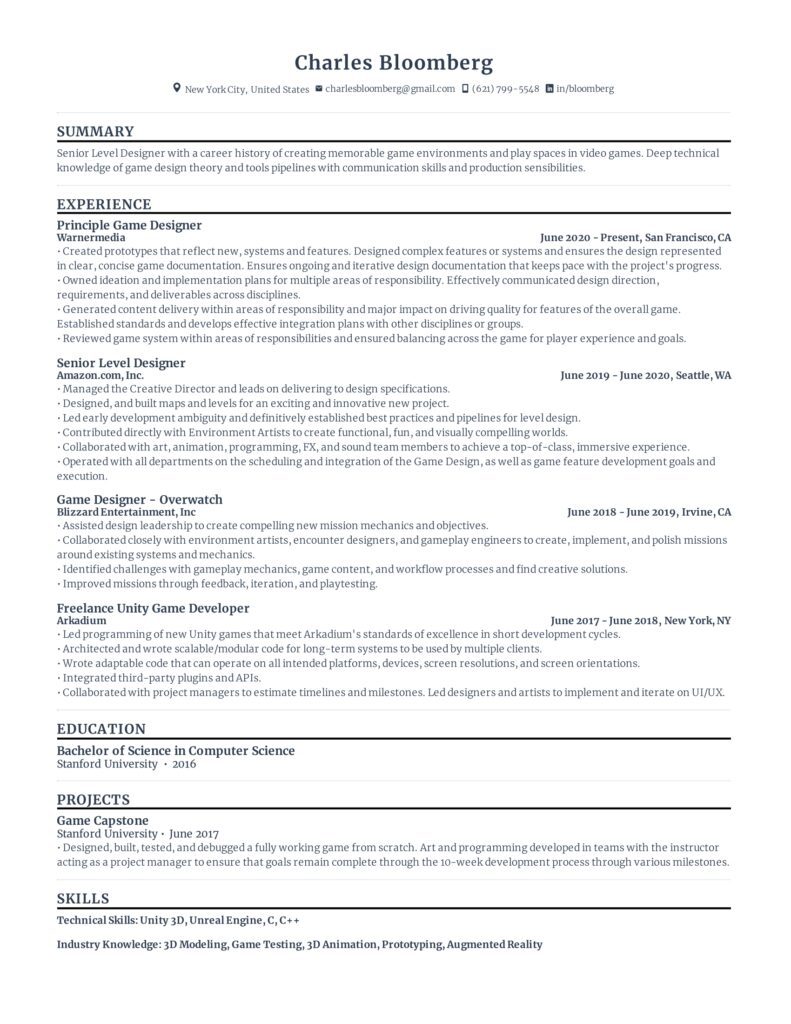Designing games for different platforms presents challenges and opportunities for game developers. Technical challenges arise due to each platform having unique hardware specifications, operating systems, and programming languages. Design challenges occur due to each platform having varying user interfaces and experiences. Targeting a larger audience and cross-platform gaming are the opportunities that arise from designing games for different platforms. Developers can cater to a wider audience that mobile and virtual reality gaming brings while cross-platform gaming enables players to play the same game on different platforms to suit their preferences. Despite the challenges, designing games for different platforms lets developers create immersive experiences for a diverse range of players.
Designing Games for Different Platforms: Challenges and Opportunities
Designing games for different platforms has become increasingly complex over the years. With the rise of mobile gaming, virtual reality, and esports, it’s important for game developers to understand the challenges and opportunities that come with designing games for different platforms.
Challenges of Designing Games for Different Platforms
Technical Challenges
One of the biggest challenges of designing games for different platforms is the technical challenges that come with each platform. Each platform has its own hardware specifications, operating system, and programming language, which makes it difficult for game developers to create a game that works seamlessly on different platforms.
For example, developing a game for iOS requires using Objective-C or Swift programming languages, while Android game development requires Java programming language. The hardware specification of iOS and Android devices also differs, which means that game developers need to optimize graphics, sound, and performance accordingly.
Design Challenges
Designing games for different platforms also comes with its own set of challenges. Each platform has a different user interface and user experience, which means that game developers need to design the game based on the platform’s guidelines and expectations.
Designing games for mobile devices, for example, requires game developers to keep the screen size and resolution in mind, while designing games for virtual reality requires creating an immersive experience that works well in a 360-degree environment.
Opportunities of Designing Games for Different Platforms
Targeting a Larger Audience
Designing games for different platforms allows game developers to target a larger audience. Mobile gaming, for example, has become a popular way for people to play games on-the-go, which means that game developers can target a wider audience than traditional console gaming.
Virtual reality gaming has also become increasingly popular, allowing game developers to target a new audience who is interested in immersive, 360-degree gaming experiences.
Cross-Platform Gaming
Cross-platform gaming has become a popular way for game developers to reach a larger audience. Cross-platform gaming allows players to play the same game on different platforms, which means that players can play the game on the platform that they prefer.
Fortnite, for example, allows players to play the game on PC, PlayStation 4, Xbox One, Nintendo Switch, and mobile devices, which means that players can play the game on their preferred platform.
Conclusion
Designing games for different platforms comes with its own set of challenges and opportunities. While it can be technically and design-wise difficult to create a game that works seamlessly on different platforms, it allows game developers to reach a larger audience and create cross-platform gaming experiences that players can enjoy on their preferred platform.
